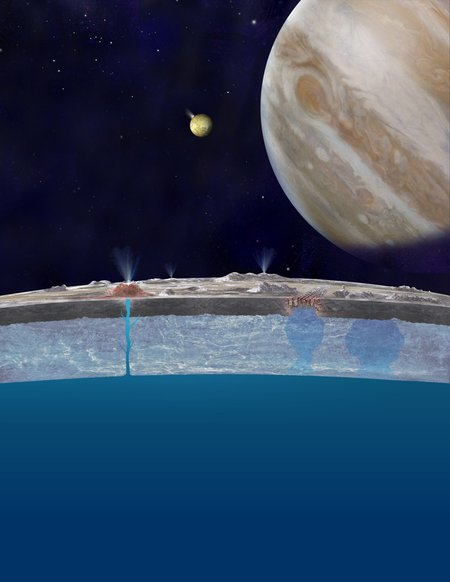Where did life come from? It’s one of the most profound questions humanity has ever asked.
🌍 The Early Earth: A Hostile Cradle
About 4.5 billion years ago, Earth formed from cosmic dust. The young planet was a hostile environment—volcanic activity raged, the surface was molten in places, and the atmosphere was thick with carbon dioxide, methane, ammonia, and water vapor.
This was not a place we’d associate with life. Yet, these chaotic conditions may have been the perfect incubator.
⚡ The Spark of Life: Chemical Origins
In 1953, the famous Miller-Urey experiment demonstrated that amino acids—the building blocks of proteins—could form when electricity (like lightning) passed through a mixture of early Earth-like gases. This suggested that life’s raw materials could arise naturally.
Some scientists propose life began in hydrothermal vents on the ocean floor. These deep-sea vents offer heat and minerals, creating chemical gradients—ideal for the emergence of complex molecules.
🧬 From Molecules to Cells
The next step was even more miraculous: self-replication. Somewhere, simple molecules began copying themselves. One candidate for this role is RNA, which can both store genetic information and catalyze chemical reactions. This is called the RNA World Hypothesis.
Eventually, these molecules became enclosed in lipid membranes, forming the first protocells. Over millions of years, evolution took over—guiding these protocells into more complex forms, eventually leading to bacteria, and much later, all other life.
🔭 Are We Alone?
Understanding how life began on Earth could help us answer another age-old question: Are we alone in the universe? If life arose here through natural processes, it might also exist on Mars, Europa, or exoplanets far beyond our solar system.
🌌 Final Thoughts
The origins of life remain one of science’s most exciting mysteries. Every discovery brings us closer to understanding our cosmic roots.




Comments
Post a Comment